With the New Year upon us, many of us are thinking about our old routines and maybe making way for some new habits – like running. Maybe you’re aiming to run your first 5k, 10k, even marathon this year.
But if you’ve never really ran before, it can be a little daunting. Thankfully, there are things you can do to make sure your new regime gets off to a flying start.
If your goal is to get into running this year, read on and learn from the experts as former Team GB athlete and sports lecturer Dr Jonny Taylor shares his top tips.

Guest blog: Dr Jonathan Taylor, Senior Lecturer in Sport and Exercise and former Team GB runner.
Running is a fantastic sport for both your physical and mental health. There’s nothing better than getting out in the fresh air and letting off steam – although I am a little biased. As a former member of Team GB, I’ve been lucky enough to travel and compete at destinations across the world. And though I don’t compete professionally anymore, I still enjoy getting out locally and keeping myself fit.
But even if running doesn’t come naturally to you, you can still enjoy the benefits. I firmly believe that anyone can get into it, at any age, regardless of experience. I’ve picked up quite a few tips that have helped me over the years – some of which I hope will help you too.
1. Find a training partner
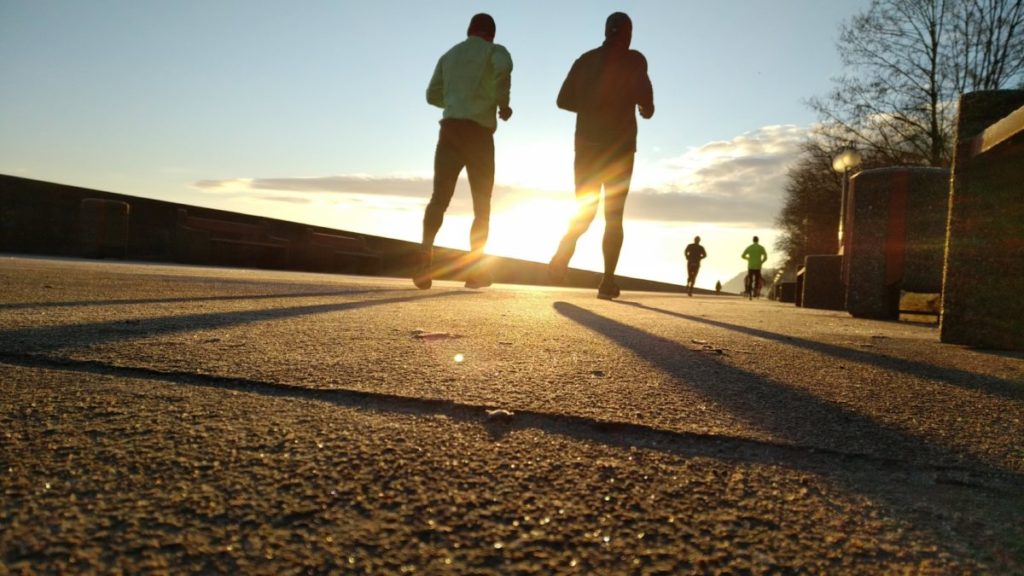
It’s always easier to get out of the door for training if you’re accountable to someone. And it also helps when you share the suffering! At least initially, before the true joy of running takes hold…
2. Vary your training
 Use a mix of slow, steady running, longer runs and interval training. Alternating your effort is also important – alternating between easy and hard training days allows adequate recovery and reduces the risk of injury.
Use a mix of slow, steady running, longer runs and interval training. Alternating your effort is also important – alternating between easy and hard training days allows adequate recovery and reduces the risk of injury.
3. Gradual progression is key
 Increase your training volume and intensity over time. The 10% rule is often recommended (for example, increasing your weekly miles by 10%), but listening to your body is more important. If you feel excessively tired, rest!
Increase your training volume and intensity over time. The 10% rule is often recommended (for example, increasing your weekly miles by 10%), but listening to your body is more important. If you feel excessively tired, rest!
4. Get into a routine

Find what works for you and try to be consistent with your training. Not a morning person? That’s fine. Struggle to find time after work? Try getting your exercise in on a lunch break.
We’re all different. Some people like to train first thing to set them up for the day, but some of us like to run on an evening to decompress after a long day. Being consistent with your training will help you find a new natural routine.
5. Plan your routes
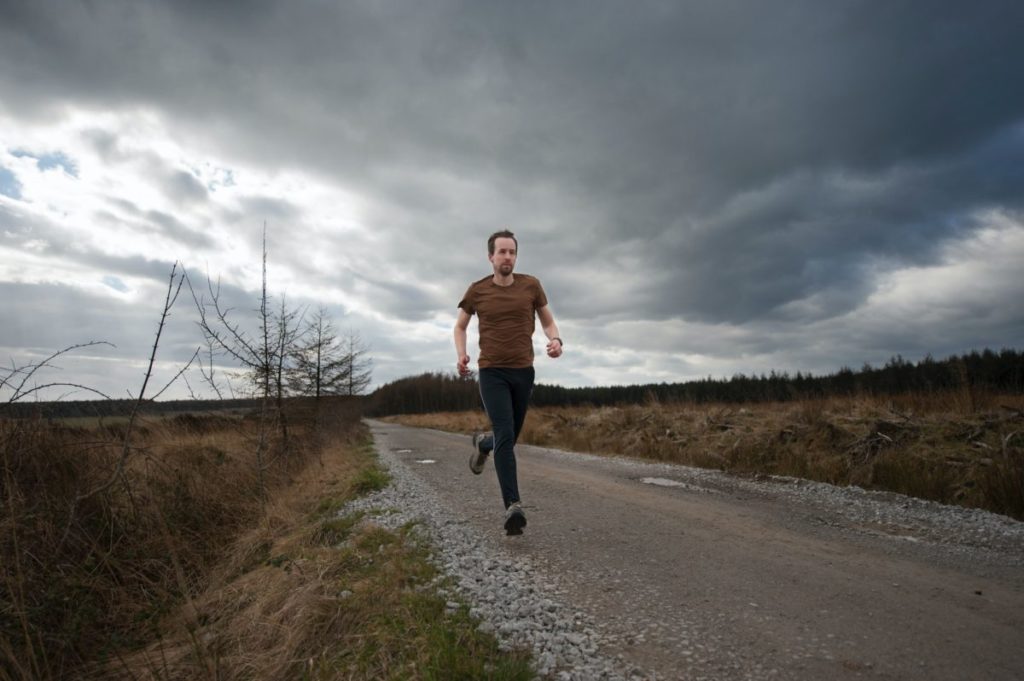 Think about some regular routes that you can use in all weather. Whether it’s a loop around your neighbourhood or the local park, consider somewhere that’s safe and easy to get to.
Think about some regular routes that you can use in all weather. Whether it’s a loop around your neighbourhood or the local park, consider somewhere that’s safe and easy to get to.
It’s worth considering the Albert parkrun or Stewart parkrun in Middlesbrough if you’re looking for a friendly route to run locally. The groups often meet for a cuppa after, so they’re great for meeting people, too!
6. Don’t get hung up on distance

When you’re just starting out, you shouldn’t worry about the distance you cover. Put that out of your mind for now. Focus on building your fitness and making exercise a habit. When you’re more experienced, you can start recording your distances, but for now, don’t feel pressured to hit distance milestones!
7. Mix up your cardio
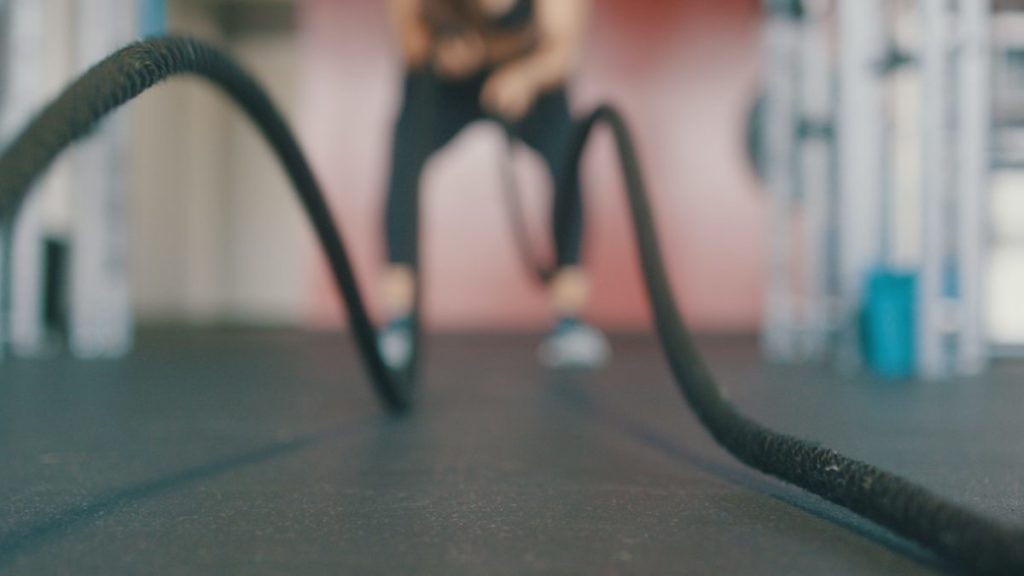
Don’t be afraid to cross-train – for instance, use an elliptical machine or a stationary bike. Using other training modes can help reduce the risk of impact injuries – something that’s especially important for beginners.
8. Strength train

Did you know that strength training can improve your running and reduce the risk of injury? Two to three strength sessions per week is enough to make an impact. It’s also good for activities of daily living and general wellbeing.
9. Stretch!
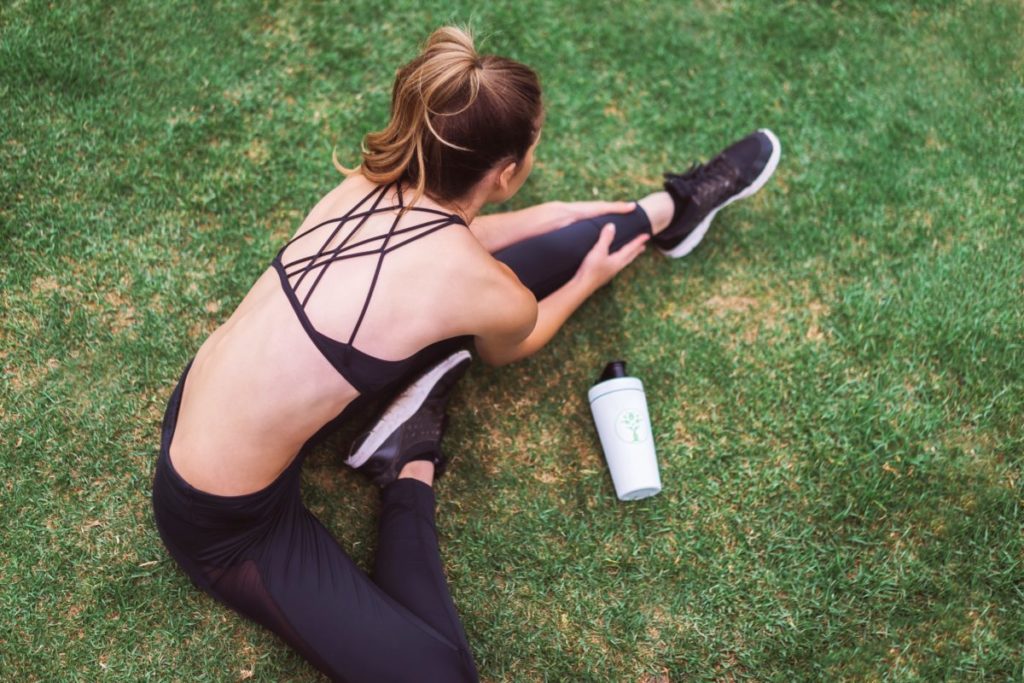
It might be tempting to just get out the door and run (or run straight home to lay down once you’ve finished) – but it’s important to warm up and cool down properly. Do a few different stretches to warm up, like side stepping and high knees. When you’ve finished a run, hold some static stretches for about a minute to reduce your risk of injury and help that all-important recovery.
10. Listen to your body

If you have any aches and pains that persist and don’t improve over around five days or are getting worse with training, see a healthcare professional.
11. Get the right kit
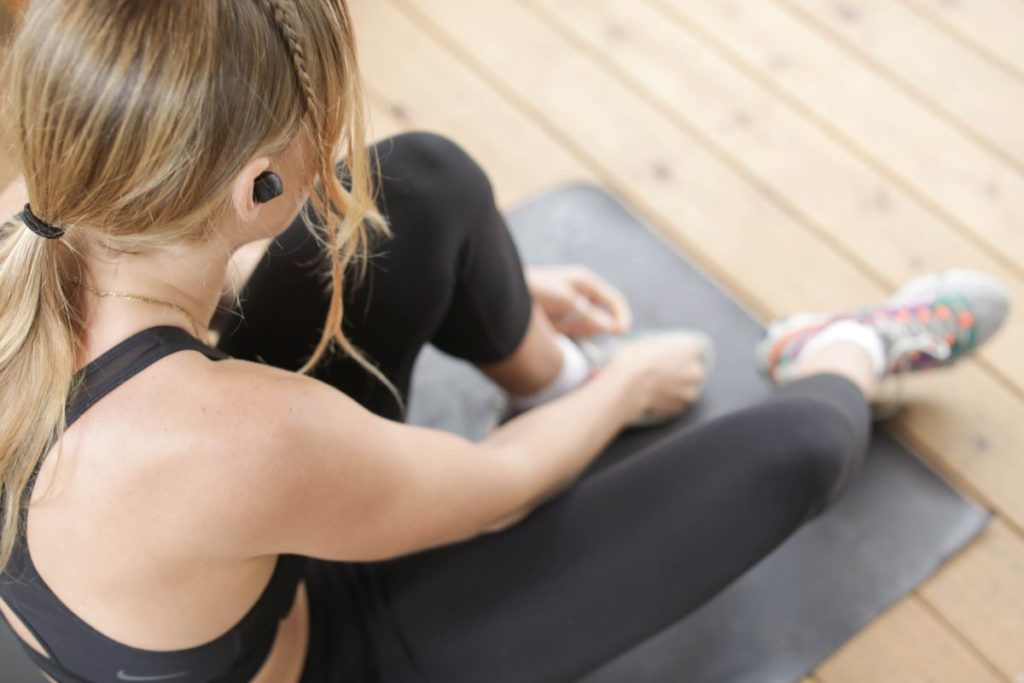
If you decide you enjoy running, you’ll want to invest in some proper running shoes to provide adequate support and cushioning. The right shoes can also help reduce your risk of injury and make running more comfortable for you. But do make sure you wear them in before undertaking any big runs!
A good quality sports bra is also a must to provide extra support during high-impact activity like running. Runners World has a great round-up of their favourite sports bras on the market.


